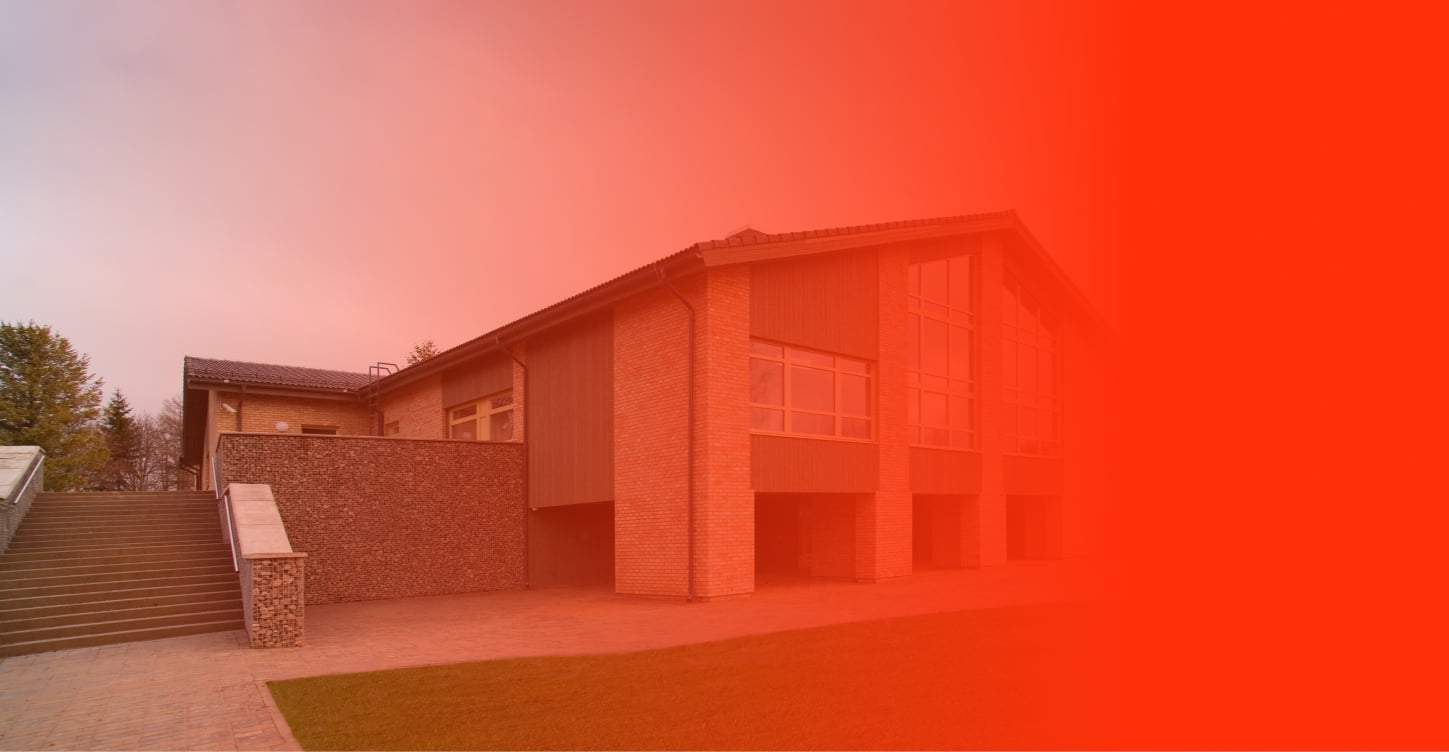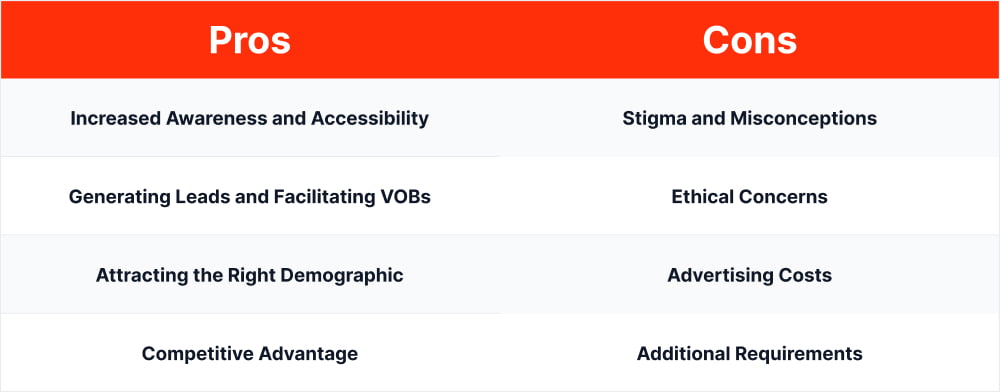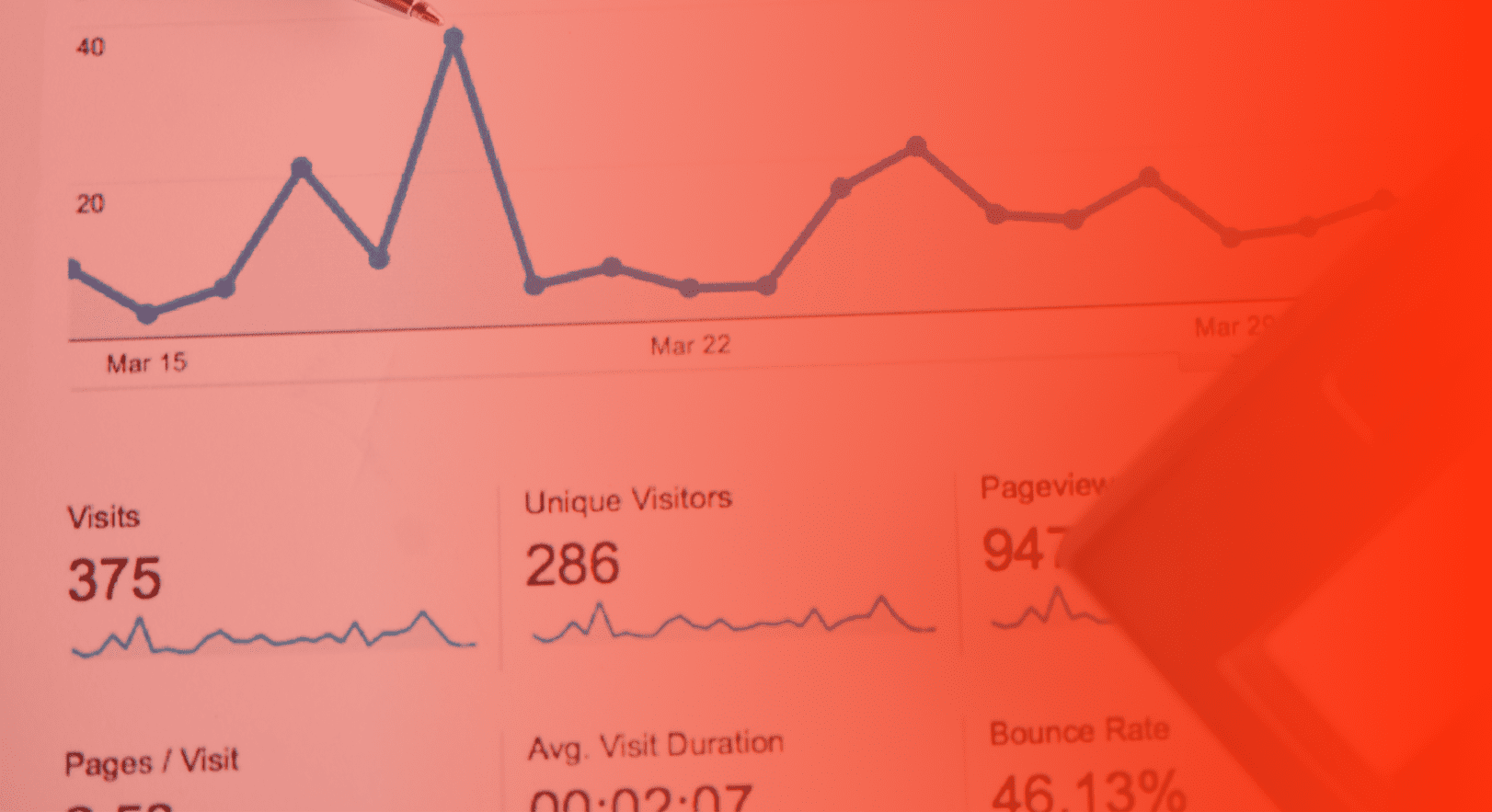
As a healthcare marketing agency that runs ads for addiction treatment centers across the United States, we have gained valuable insights into the complexities of this unique industry. Our experiences have allowed us to understand the intricacies of advertising for such centers and the impact it has on those seeking help for addiction. In this article, we aim to share our knowledge to provide you with a comprehensive understanding of the pros and cons of advertising for addiction treatment centers.
We believe that an informed decision is the best decision. Therefore, our objective is not to sway you into believing that advertising is the best fit for every addiction treatment center. Instead, we will present the information in a balanced manner, allowing you to make your own decision based on the facts provided. So, without further ado, let’s delve into the world of advertising for addiction treatment centers.

Advertising for addiction treatment centers has several benefits that can contribute to the success of these centers and the well-being of their clients. From increased awareness and accessibility to attracting the right demographic and gaining a competitive advantage, the advantages of advertising can play a crucial role in the growth and development of treatment centers.
One of the most significant benefits of advertising for addiction treatment centers is the increased awareness it generates. By promoting their services through various media channels, these centers can reach more people struggling with addiction and their families. This increased visibility allows more individuals to access the help they need, ultimately saving lives and improving the overall health of our society.
Another significant advantage of advertising for addiction treatment centers is the ability to generate a higher number of leads and facilitate the verification of benefits (VOBs) process. By reaching a broader audience, centers can attract more potential clients who might be interested in their services. Furthermore, the increased interest generated by advertising can lead to more inquiries about VOBs, which is essential for clients to understand their coverage and the treatment options available to them. This, in turn, helps streamline the intake process for addiction treatment centers and ensures that clients receive the necessary support to begin their recovery journey.
Effective advertising campaigns can help addiction treatment centers attract the right demographic, ensuring that their services are reaching those who need them most. By targeting specific age groups, geographic locations, or other demographic factors, treatment centers can increase their chances of connecting with individuals seeking help for addiction issues.
In a competitive industry, advertising can provide a crucial edge for addiction treatment centers. A well-designed marketing campaign can set a center apart from its competitors, highlighting its unique approach, specialized programs, or other factors that make it an attractive option for potential clients.
After examining the pros of advertising for addiction treatment centers, it’s clear that advertising can have a substantial impact on raising awareness and helping individuals access the treatment they need. However, it’s essential to weigh these benefits against the potential drawbacks to create a well-rounded understanding of advertising in this industry.
While advertising can bring several advantages, it also comes with its share of challenges and concerns. Issues such as perpetuating stigma, ethical concerns, advertising costs, and misleading advertisements can pose significant obstacles for addiction treatment centers looking to promote their services.
Despite its benefits, advertising for addiction treatment centers also has its drawbacks. One such challenge is the potential for reinforcing negative stereotypes and misconceptions about addiction. Some advertisements may inadvertently perpetuate the stigma surrounding addiction, making it more challenging for individuals to seek help.
Advertising for addiction treatment centers can also raise ethical concerns. Given the vulnerability of the target audience, it’s essential that marketing campaigns are sensitive to their needs and don’t exploit their struggles. This can be a delicate balance to strike, and some advertisements may unintentionally cross ethical boundaries.
Another downside to advertising is the cost. Although advertising doesn’t always have to be expensive, it’s essential to allocate sufficient resources for effective advertising. Mitch Marowitz, the Director of Paid Media at Webserv, recommends that addiction treatment centers spend a minimum of $10,000/m on advertising to achieve consistent results. For smaller treatment centers, this can be a significant investment, which may lead to lower-quality advertisements that don’t accurately represent the center’s services or values if not managed carefully.
It’s important to note that the $10,000 figure is not the end-all-be-all for advertising budgets. Some centers may find success with smaller budgets, while others may need to invest more to reach their desired results. The key is to find the right balance between budget and effectiveness, ensuring that your advertising dollars are spent wisely and generate a positive return on investment. By continuously evaluating the performance of your ads and making adjustments as necessary, you can optimize your budget to maximize the impact of your advertising efforts.
While having to obtain legit script certification can be seen as a positive step towards ensuring the credibility and quality of addiction treatment centers, it also presents a challenge in the advertising process. This certification requirement adds an extra step for centers to be able to run their ads, which can be time-consuming and sometimes costly.
After exploring the cons of advertising for addiction treatment centers, it’s evident that careful consideration must be given to the potential challenges and ethical concerns surrounding marketing in this industry. Balancing the pros and cons is a crucial step in determining the most effective and responsible approach to advertising addiction treatment centers.
Advertising for addiction treatment centers has its benefits and drawbacks. On one hand, it can increase awareness, and accessibility, and help individuals make better-informed decisions. On the other hand, it can perpetuate stigma, raise ethical concerns, and lead to misleading advertisements. To successfully navigate these challenges, treatment centers must find a balance in their advertising efforts, ensuring that their campaigns are both effective and respectful of their target audience’s unique needs and vulnerabilities.
As an agency with extensive experience in running ads for addiction treatment centers across the United States, our primary goal is to provide you with the most comprehensive information possible so that you can make an informed decision about whether addiction treatment advertising is right for your center. By understanding the pros and cons of advertising in this industry, you will be better equipped to create marketing campaigns that not only drive results but also adhere to the highest ethical standards.
Ultimately, the decision to engage in advertising for your addiction treatment center should be based on a careful evaluation of the potential benefits and challenges. With the information provided in this article, we hope that you now have a clearer understanding of the various factors to consider when making this decision. The key is to approach advertising with a strategic and thoughtful mindset, always prioritizing the needs and well-being of the individuals you aim to serve.
If you are an addiction treatment center owner we recommend that you check out our resource on Why Addiction Marketing is so Difficult.
Yes, LegitScript certification is required to run addiction treatment ads on major advertising platforms like Google and Facebook. This certification process ensures that addiction treatment centers meet specific quality and safety standards, which helps protect consumers and maintain ethical advertising practices in the industry.
Addiction treatment centers can run ads on various platforms, including Google Ads, Facebook, Instagram, LinkedIn, and Bing Ads.
The ideal advertising budget for addiction treatment centers depends on factors such as the center’s size, target audience, and marketing goals. While there is no one-size-fits-all answer, it’s essential to allocate a sufficient budget to achieve consistent results. Mitch Marowitz, the Director of Paid Media at Webserv, recommends that addiction treatment centers spend a minimum of $10,000 on advertising to achieve consistent results.
To effectively target their audience, addiction treatment centers should develop a clear understanding of their ideal client profile, including demographics, interests, and behaviors. They can use this information to create tailored advertising campaigns that resonate with their target audience, selecting the most appropriate channels and messaging to reach potential clients.
Some best practices for creating ethical and effective addiction treatment advertisements include being transparent about the services offered, avoiding misleading or manipulative tactics, and creating messages that are informative, empathetic, and respectful of the target audience’s unique needs and vulnerabilities.
